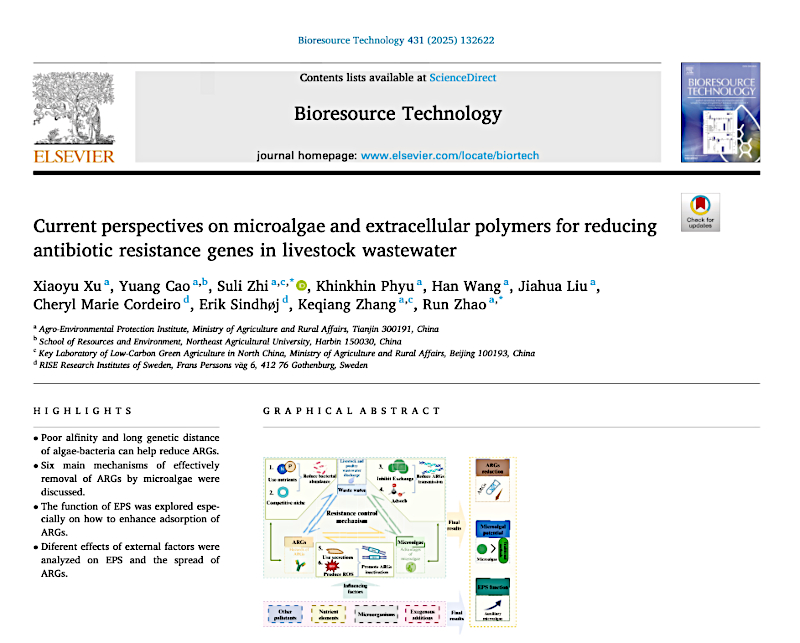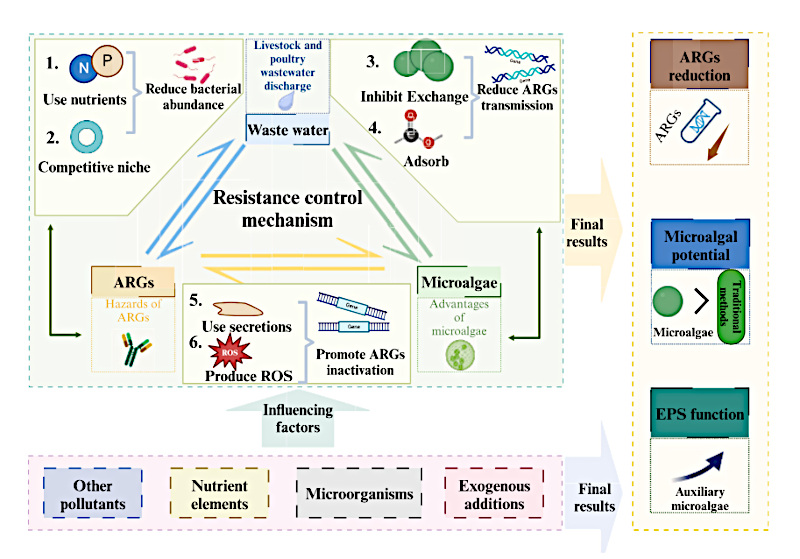
As dairy farms move toward more data-driven nutrient management, near-infrared spectroscopy (NIRS) is emerging as a practical tool. It enables rapid, non-destructive analysis of slurry nutrients directly on-farm, reducing the need for frequent laboratory testing.
However, one key challenge is often underestimated, temperature. Slurry in barns, tanks, and lagoons rarely stays at a constant temperature. It changes with seasons, time of day, and position in the manure management chain. These fluctuations can distort NIR spectra and, if not properly understood, lead to unreliable nutrient predictions.
A recent article in Microchemical Journal by Wang et al. (2025) addresses this issue using advanced spectral methods to examine how temperature reshapes the NIR signature of dairy slurry and what this means for real-time sensing in practice.








